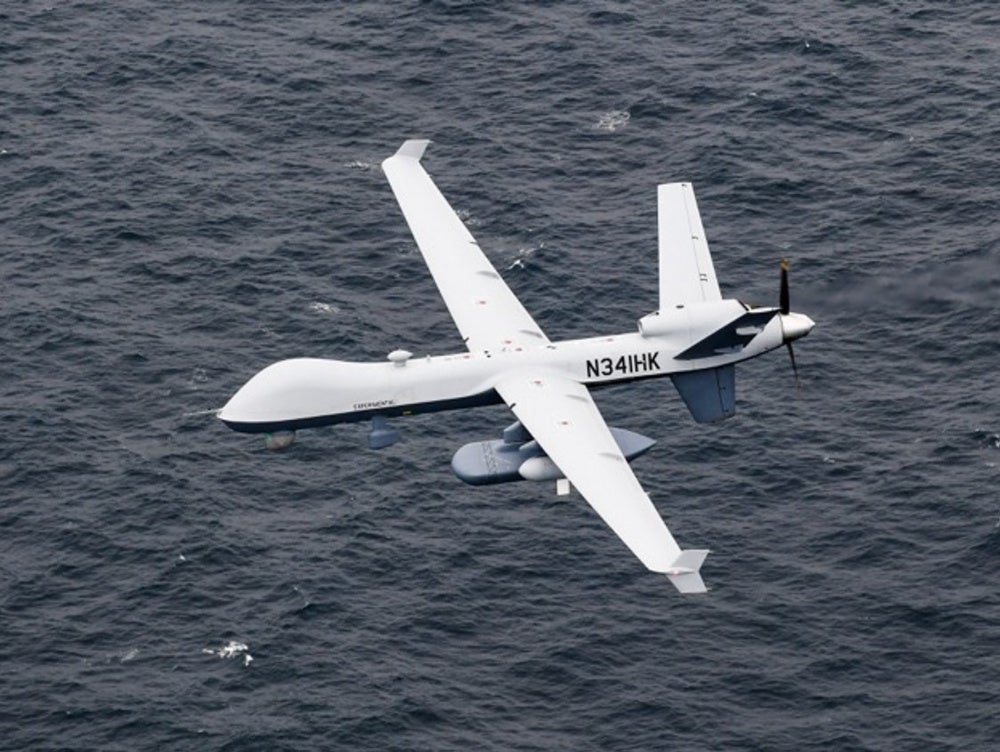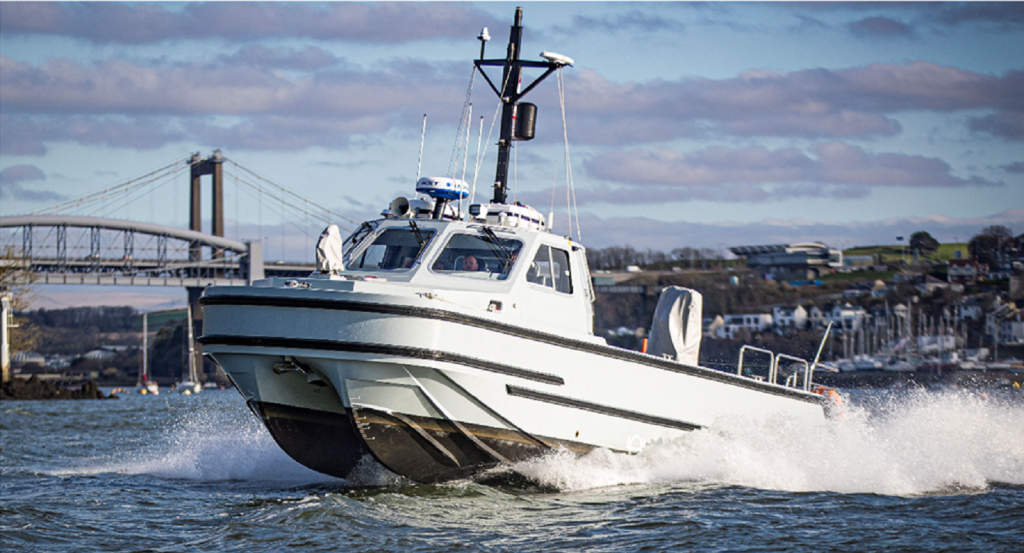
The US Navy has showcased successful manned-unmanned teaming between an unmanned maritime surveillance aircraft system and other naval platforms.
The capabilities were demonstrated during the Unmanned Systems Integrated Battle Problem 21 (UxS IBP 21) conducted off the coast of San Diego.
According to the US Navy, the unmanned MQ-9B Sea Guardian operated in conjunction with a guided-missile cruiser.
It executed long-range, over-the-horizon targeting.
The Sea Guardian detected contacts and reported locations remotely to the commander on board the cruiser.
The detection was made using sonobuoys and other assets.
How well do you really know your competitors?
Access the most comprehensive Company Profiles on the market, powered by GlobalData. Save hours of research. Gain competitive edge.

Thank you!
Your download email will arrive shortly
Not ready to buy yet? Download a free sample
We are confident about the unique quality of our Company Profiles. However, we want you to make the most beneficial decision for your business, so we offer a free sample that you can download by submitting the below form
By GlobalDataSky Guardian is a next-generation, type-certifiable variant of Predator B (MQ-9B) multi-mission remotely piloted aircraft (RPA) developed by General Atomics Aeronautical Systems (GA-ASI)
UxS IBP 21 tactical commander rear admiral James Aiken said: “The integration between unmanned and manned capabilities shown today provides an operations approach to strengthening our manned-unmanned teaming.
“Putting our newest technology into our sailors’ hands directly enhances our fleet.”
UxS IBP 21 is a US Pacific Fleet exercise. It is executed by US 3rd Fleet and is designed to combine manned and unmanned capabilities into operational environments for identifying warfighting advantages.
The US Navy noted that the week-long event includes surface, subsurface, and aerial unmanned assets, operating with littoral combat ships (LCS), guided-missile destroyers (DDGs), guided-missile cruisers, submarines, and helicopter squadrons.
In January, General Atomics Aeronautical Systems (GA-ASI) announced that the MQ-9B RPAS will be integrated with the Leonardo Seaspray radar.






